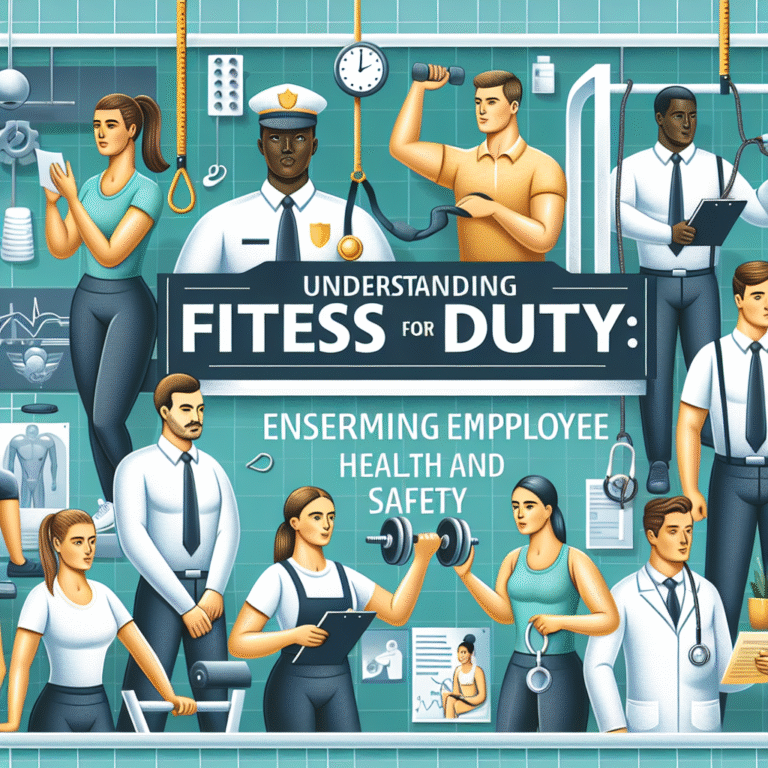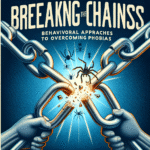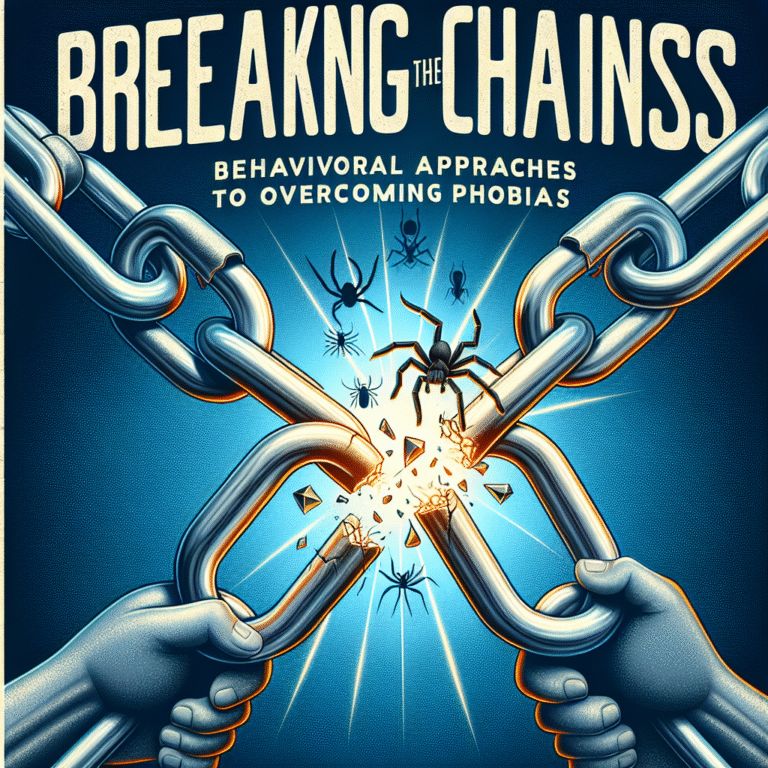
Introduction
In an increasingly complex world, the mental health landscape is fraught with challenges that demand our attention. The delicate balance between understanding mental health disorders and addressing the potential for violence is a pressing issue in both clinical and community settings. How do professionals assess the risks of violence in individuals facing mental health challenges? This guide delves into the critical framework of Violence Risk Appraisal in Mental Health: Identifying and Managing Potential Threats, offering insights that not only enlighten but empower mental health practitioners, policymakers, and even concerned family members.
Understanding Violence Risk Appraisal
What is Violence Risk Appraisal?
Violence Risk Appraisal is a systematic approach used to evaluate the likelihood of an individual engaging in violent behavior. This framework can be pivotal in mental health settings where early identification and intervention can lead to more effective treatment outcomes.
Historical Context
The origins of risk assessment in mental health can be traced back to the late 20th century, primarily influenced by landmark studies that shed light on the connection between certain mental health disorders and violent behavior. Tools were developed to assist clinicians in evaluating and mitigating risks, a necessary evolution in mental health care.
The Importance of Violence Risk Appraisal
Effective Violence Risk Appraisal is essential not only for protecting potential victims but also for ensuring that individuals with mental health challenges receive appropriate care. Mental health professionals must balance their roles as caregivers with their responsibility to protect society.
Core Concepts in Violence Risk Appraisal
Risk Factors
Risk factors for violence among individuals with mental health disorders can be classified into several categories:
- Clinical Factors: Diagnosis of certain disorders such as schizophrenia or severe personality disorders.
- Historical Factors: Prior incidents of violence or aggression.
- Contextual Factors: Environmental influences, such as exposure to violence.
Understanding these risk factors is crucial for Violence Risk Appraisal in Mental Health: Identifying and Managing Potential Threats.
Protective Factors
Contrarily, protective factors are elements that may mitigate the risk of violence, including social support systems, effective treatment strategies, and positive coping mechanisms. To conduct a successful appraisal, clinicians must evaluate both risk and protective factors.
Case Studies: Real-World Applications
Case Study 1: Evaluating a Patient with Bipolar Disorder
Background
A 30-year-old male diagnosed with bipolar disorder had previously exhibited violent behavior during manic episodes. His treatment included medication and individual therapy.
Violence Risk Appraisal
Through a structured assessment tool, clinicians evaluated his history, current symptoms, and situational context. They found significant protective factors: a strong support network and adherence to treatment.
Analysis
In this case, the Violence Risk Appraisal allowed for targeted interventions that reduced the risk of future violence, exemplifying the necessity of a holistic approach.
Case Study 2: Young Adult with Substance Abuse Issues
Background
A 22-year-old female with a history of substance abuse presented with symptoms of depression and aggressive outbursts.
Violence Risk Appraisal
Using the Violence Risk Appraisal framework, mental health professionals assessed her psychological state, history of violence, and substance use patterns. They determined a high risk for future violence if left untreated.
Analysis
This case illustrates the importance of a thorough assessment combining clinical evaluation with context-specific details, crucial for Identifying and Managing Potential Threats.
Tools and Methods for Violence Risk Appraisal
Structured Professional Judgment (SPJ)
The SPJ model combines actuarial information with clinical judgment. Clinicians systematically consider risk factors and protective factors but also apply professional insight, making it an effective tool in Violence Risk Appraisal in Mental Health.
Actuarial Tools
Some tools include:
- Historical, Clinical, Risk Management-20 (HCR-20): Focuses on historical and clinical risk factors.
- Violence Risk Appraisal Guide (VRAG): Uses demographic and historical variables to predict violent behavior.
Table 1 provides a summary of these tools and their primary features.
| Tool | Focus | Features |
|---|---|---|
| HCR-20 | Historical, Clinical | 20 items categorized into historical, clinical, and risk management factors. |
| VRAG | Historical | Uses a combination of historical variables to predict risk. |
Ethical Implications of Violence Risk Appraisal
Balancing Duty to Warn with Confidentiality
Mental health practitioners often face ethical dilemmas. The duty to warn potential victims can conflict with patient confidentiality. Clinicians must navigate these waters carefully, using the Violence Risk Appraisal framework to decide when disclosure is appropriate.
Stigmatization and Misunderstanding
Misinterpretation of Violence Risk Appraisal can lead to stigmatization of those with mental illness. Mental health professionals must approach this issue with sensitivity, communicating effectively with both patients and their families.
The Role of Technology in Violence Risk Appraisal
Predictive Analytics
Emerging technologies in predictive analytics are enhancing the capabilities of Violence Risk Appraisal. Algorithms can analyze vast amounts of data to identify patterns that may not be immediately apparent to human assessors.
Mobile Apps
Mobile applications have been developed to assist clinicians in conducting assessments and monitoring patients’ behaviors, providing immediate access to vital information.
Future Directions in Violence Risk Appraisal
Integrating Multidisciplinary Approaches
The future of Violence Risk Appraisal in mental health will likely encompass a more integrated approach. Collaboration amongst psychiatrists, psychologists, social workers, and law enforcement can improve outcomes.
Advances in Behavioral Science
Continued research in behavioral science will yield new insights into risk factors, enhancing the predictive capabilities of current models and tools.
Conclusion
Violence Risk Appraisal in Mental Health: Identifying and Managing Potential Threats is a complex yet vital field. By understanding risk and protective factors, utilizing effective tools, and navigating ethical dilemmas, mental health professionals can play a pivotal role in preventing violent incidents. Continuous learning, collaboration, and innovation will ensure that the systems in place not only protect society but also affirm the dignity and treatment of those facing mental health challenges.
FAQs
1. What is the primary purpose of Violence Risk Appraisal?
The primary purpose is to evaluate the likelihood of an individual engaging in violent behavior, ensuring timely intervention and appropriate treatment.
2. What tools are commonly used for Violence Risk Appraisal?
Common tools include the Historical, Clinical, Risk Management-20 (HCR-20) and the Violence Risk Appraisal Guide (VRAG).
3. How do protective factors influence Violence Risk Appraisal?
Protective factors can mitigate the risk of violence, and their evaluation is crucial for a balanced assessment.
4. What are the ethical concerns surrounding Violence Risk Appraisal?
Ethical concerns include the balance between patient confidentiality and the duty to warn potential victims, as well as the risk of stigmatizing individuals with mental health issues.
5. How is technology shaping the future of Violence Risk Appraisal?
Emerging technologies, including predictive analytics and mobile applications, are enhancing assessment capabilities and improving monitoring of individuals in real time.
In exploring Violence Risk Appraisal in Mental Health: Identifying and Managing Potential Threats, we uncover a crucial landscape that affects not only individuals but society as a whole—a pathway to enhanced understanding and effective intervention.

















